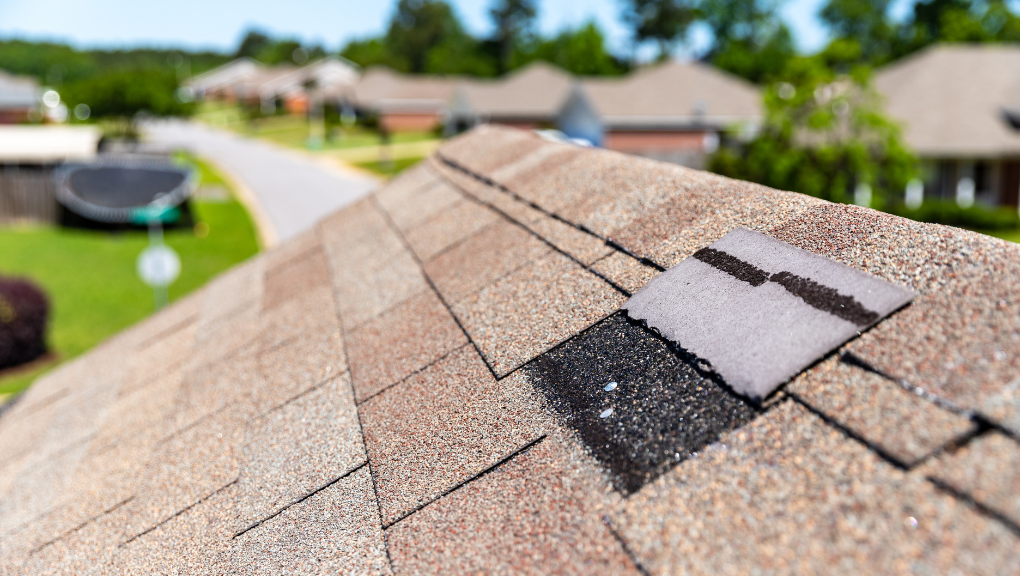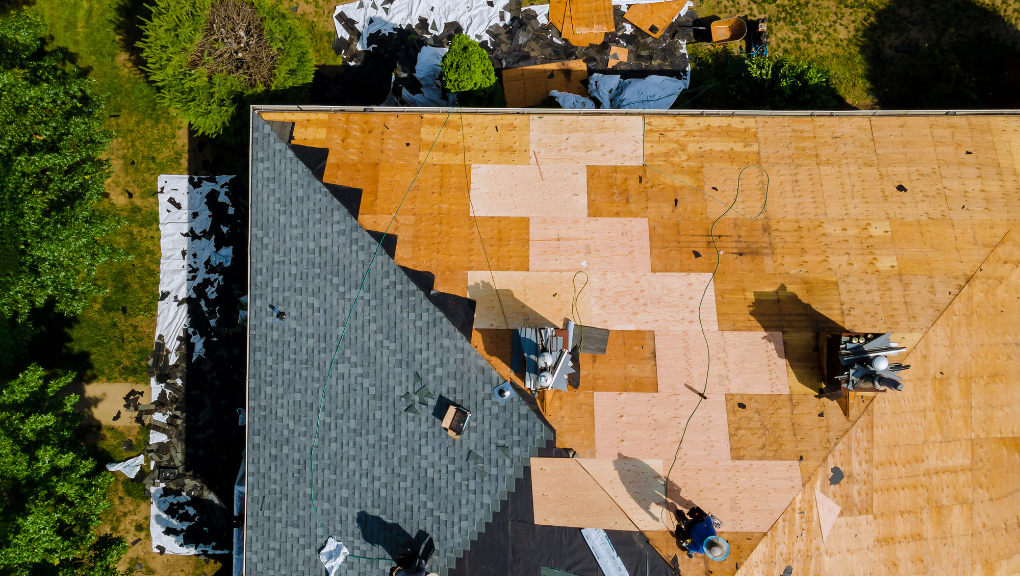Guide: Roof Maintenance, Repair and Replacement
Summary
The roof of your home or building is one of its most crucial assets – once the integrity of the roof starts to waiver, the rest of your home or building and much of what’s inside is at risk of following suit.
At The Colorado Roofing Association, we want you to have a firm grasp on roofing best practices when it comes to maintenance, repair, and replacement. In all scenarios, the best strategy for catching little problems before they become big headaches and prolonging the lifespan of your roof is working with a licensed roofing contractor. With their knowledge, experience, and expertise, they’re your roof’s greatest ally.
Table of Contents
- Know When Your Roof Needs Repairs
- Know When Your Roof Needs Replacement
- Leave the Roof Repairs and Replacement to the Professionals
- About the Colorado Roofing Association

Know When Your Roof Needs Repairs
Signs of roof damage can be subtle, but before you know it, they’ll become glaringly obvious. As a home or building owner, you’ll want to maintain vigilance in watching for signs of roof damage as catching those damages early can save you from more costly repairs down the road. Here are a few things you can watch for to know when your roof may need repairs:
- Signs of roof leaks. Watch for discoloration on your ceiling or walls or sagging portions of your ceiling
- Missing or curling shingles. Easily spotted from the ground, watch for abnormalities with your roofing material
- Roofing material on the ground or in gutters. Keep an eye out for shingles or roofing tiles on the ground and accumulated shingle granules in your gutters
Without proper training and experience, noticing necessary roof repairs can be difficult. Contacting a licensed roofing contractor to perform regular roof inspections is the surest way to know if your roof needs repaired. Additionally, a licensed roofer can provide peace of mind with roof warranties and certifications.
Learn more about the benefits of regular roof inspections: Can You Repair a Roof Without Replacing It?
Be Mindful of Potential Seasonal Weather Damages
Your roof does the good and hard work of keeping you safe from the elements. Over time, however, those elements can take a toll on your roof. This is especially true in Colorado. Snowfall, hailstorms, heavy rains, strong winds, temperature swings, and near-constant sunshine are some of the weather conditions Colorado offers in abundance, and each of them present a host of potential damages to your roof.
Roofs are built to withstand weather, oftentimes being uniquely tailored to a region’s specific weather conditions. A roof's lifespan varies depending on what material is used to build it. Asphalt shingles will last between 15 and 30 years, while a tile or copper roof can last around 50 years. While these lifespans take into account typical wear and tear from weather, Colorado’s unique climate has a way of shortening them.
This makes regular roof inspections even more valuable for Colorado home and building owners. Having your roof inspected in the fall and in the spring can prolong your roof’s lifespan, ensuring it’s not cut short by Colorado’s fickle weather patterns.
Learn more about the effects of Colorado weather on your roof: 5 Types of Roof Storm Damage
Be Proactive and Prepare Your Roof for the Storms
There are ways to give your roof a fighting chance against Colorado’s storms and severe weather. None of which require you to climb onto your roof. Maintaining the property around your home and ensuring debris hasn’t been collected on your roof or in your gutters are some simple ways to be sure your roof doesn’t incur unnecessary damages when the storms arrive.
High winds and heavy snow can result in tree branches crashing into your roof. Trim back low tree branches that might be hanging over your home or building to avoid this. During your fall and spring roof inspections, your licensed roofer can remove any debris already on your roof and in your gutters. They’ll also repair any minor wear and tear from previous seasons before the snow and hail arrive wreaking havoc.
Learn more about pre-storm preventative maintenance: How To Prepare Your Roof for Winter in Colorado
Know When Your Roof Needs Replacement
Without a proper roof inspection, it can be tricky to discern if your roof is ready to be replaced. There are many signs you can watch for that could indicate the end of your roof’s functional life, though, those signs may just as easily be repaired and your roof allowed to see another winter. The only sure method for roof prognosis is a roof inspection from a licensed roofing contractor. There are simply things you cannot see as a home or building owner that your roofer will be able to uncover.
A standard shingled roof has a lifespan of 15 to 30 years. As your roof reaches the end of that general lifespan, signs of deterioration become more prescriptive for roof replacement. This supports the benefits of keeping close tabs on the health of your roof. Bring spotted signs of roof damage to your roofing contractor’s attention often and let them determine the remaining life of your roof.

